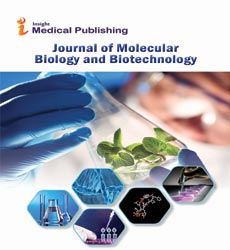Ethnobotanical Exploration of Flora of Sathan Galli District Mansehra
Khalid Rasheed Khan
Mansehra, Pakistan
Received Date: 2022-01-03 | Accepted Date: 2022-01-06 | Published Date: 2022-01-28
Abstract
The Statement of the Problem: The investigated(Sathan Galli) area is remote and Community of the area is poor depend on the use of medicinal plants for curing a variety of ailments such as toothache, backache, headache, body pain, abdominal pain, rheumatism, indigestion, wound healer, cough, expectorant and tonic. This was the first ever survey on medicinal plants exploration to check out the local community pressure on their utilization. Methodology: The investigated area was visited frequently during 2014 to 2015 to collect ethnomedicinal flora. Plant specimens were collected, dried, poisoned, preserved and mounted on standard herbarium sheets. Semi-structured questionnaire method was used to gather ethnobotanical information from 34 randomly selected villages. Information about the local uses of the plants such as medicinal, timber, fodder and fuel wood etc. were got through random sampling by interviewing 300 individuals. The data was gathered and analyzed by using MS Excel, 2013. Conclusion & Significance: A total of 170 plant species belonging to 55 families were identified which are being used by the locals of the study area. The study revealed that the indigenous peoples of the area exploited 86 (51.19%) species as traditional medicinal plants, 136 (80.95%) species for fodder, 48 (28.57%) for fuel wood, 28 (16.66%) for timber woods, 07 (4.16%) for wild vegetable and 02 (1.19%) for ethno-veterinary therapies. Similarly 17 (10.11%) species for wild edible fruits, 2 (1.19%) species for making agricultural tools, 1 (0.59%) species for fencing field borders. It was observed that the local inhabitants used plants resources for not only for ethmedico but also for multiple purposes. There is dire need of free medical treatment for the local inhabitants therefore government should provide free medical facility in such a remote areas so that the local medicinal flora can be conserved which is being extinct. This first ever ethnobotanical study may become baseline study for future researches
Open Access Journals
- Aquaculture & Veterinary Science
- Chemistry & Chemical Sciences
- Clinical Sciences
- Engineering
- General Science
- Genetics & Molecular Biology
- Health Care & Nursing
- Immunology & Microbiology
- Materials Science
- Mathematics & Physics
- Medical Sciences
- Neurology & Psychiatry
- Oncology & Cancer Science
- Pharmaceutical Sciences
